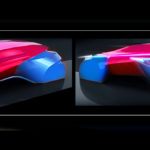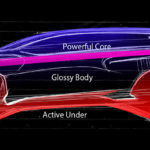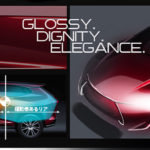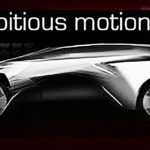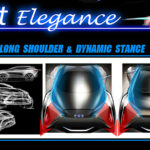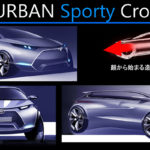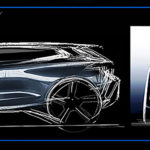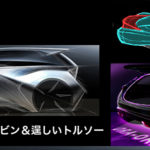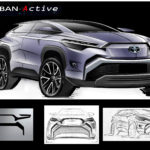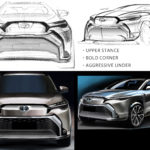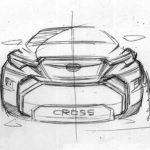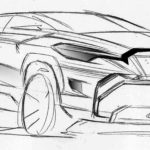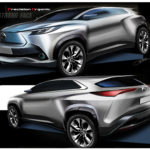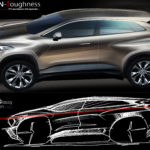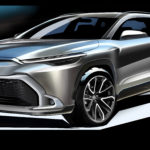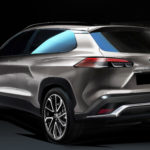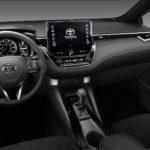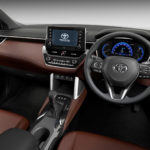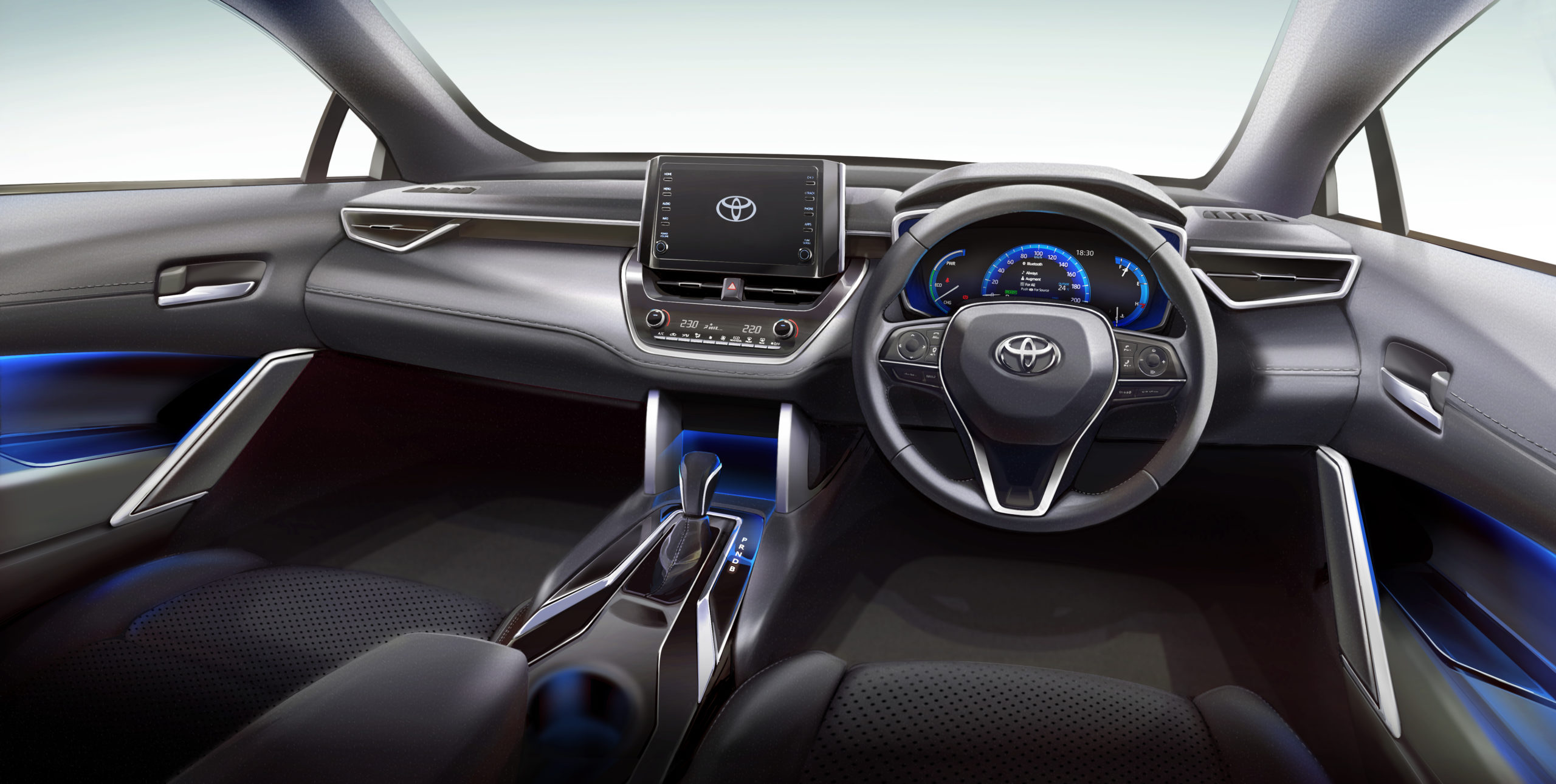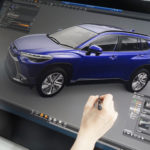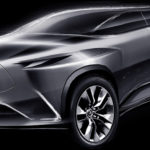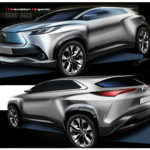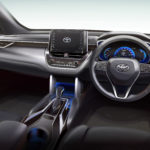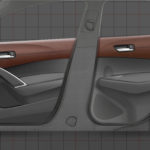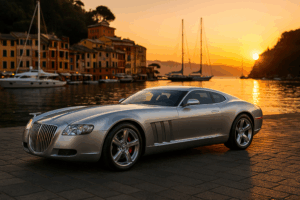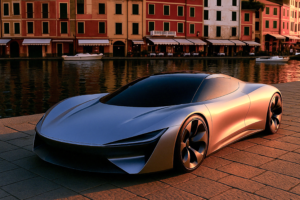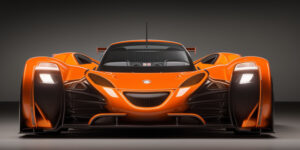The Power of Keywords: Inspiring New Car Design Directions for Target Audience Appeal
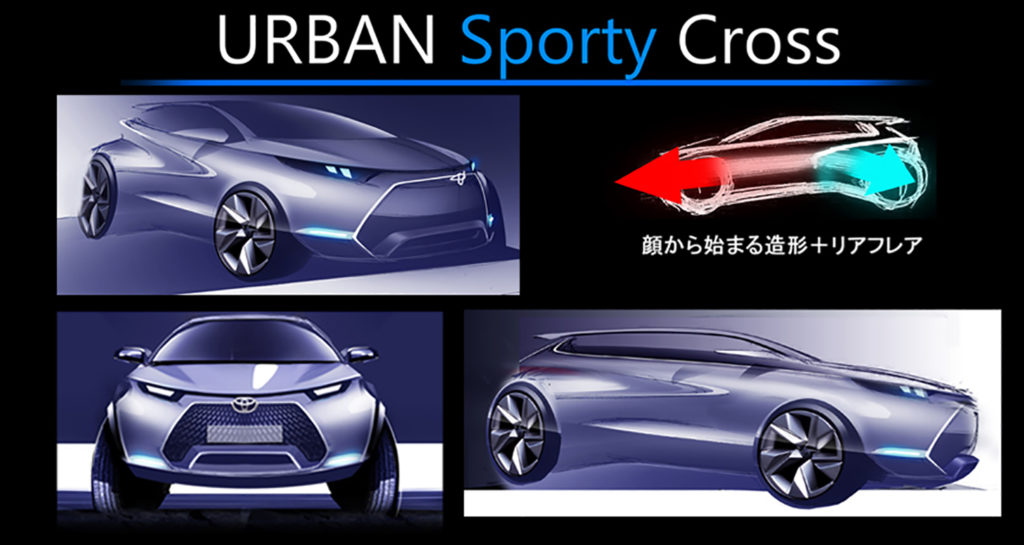

In the dynamic and ever-evolving automotive industry, designing cars that resonate with the target audience is of utmost importance. The use of keywords in the car design process has emerged as a powerful tool to inspire new design directions that align with the desires and aspirations of potential customers. By understanding the significance of keywords and incorporating them into the design process, automakers can achieve the best results and create vehicles that captivate their target audience. This article explores how the strategic implementation of keywords can unlock innovative design concepts and enhance the appeal of cars for the intended market.
- Defining the Target Audience
Before delving into the design process, it is essential to define and understand the target audience. Who are the potential buyers? What are their preferences, needs, and aspirations? By conducting thorough market research and analysis, automakers can identify the key characteristics and desires of their target demographic. This information serves as a foundation for selecting relevant keywords that reflect the audience’s values and expectations.
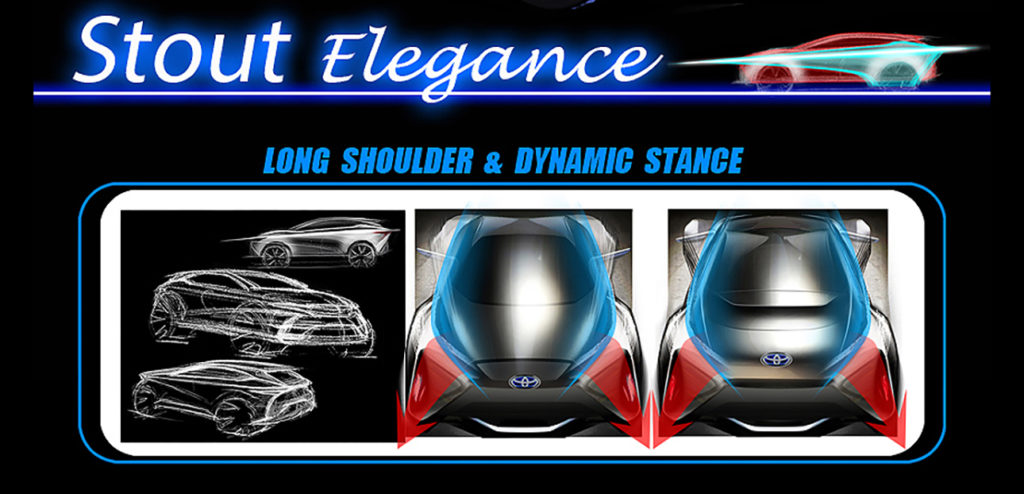
- Selecting Evocative Keywords
Keywords act as design catalysts, evoking emotions, and providing direction for the design team. By selecting evocative keywords that capture the essence of the target audience’s desires, designers gain inspiration and focus for their creative process. These keywords can be derived from various sources, including market research, consumer feedback, cultural trends, and brand identity. For instance, if the target audience values sustainability and connectivity, keywords such as “eco-friendly,” “innovative technology,” and “seamless integration” can guide the design team towards forward-thinking concepts.
- Translating Keywords into Design Elements
Once the keywords are established, the next step is to translate them into tangible design elements. Designers can infuse these keywords into various aspects of the car’s aesthetics, functionality, and user experience. For example, if the chosen keywords emphasize a sporty and adventurous appeal, the design team might explore dynamic body lines, aerodynamic features, and performance-oriented interior elements. By aligning design choices with the keywords, designers create a cohesive and compelling car design that resonates with the target audience.
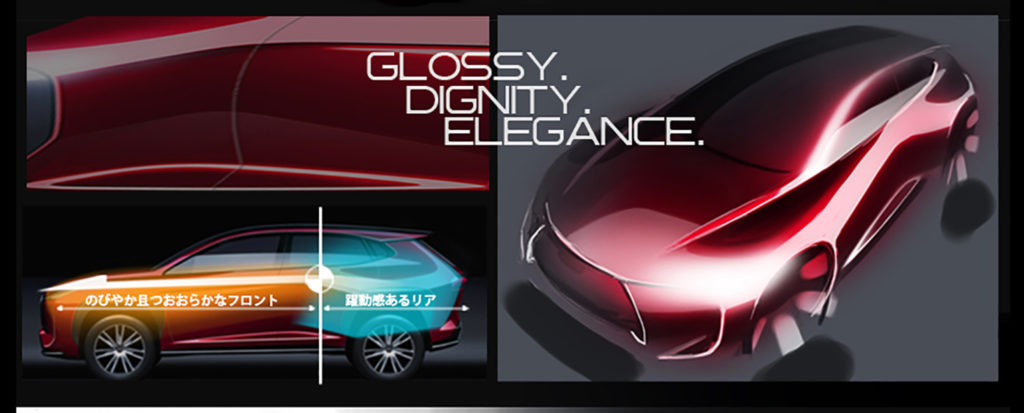
- Balancing Keywords with Brand Identity
While keywords provide valuable guidance, it is crucial to maintain a balance between incorporating them and staying true to the brand’s identity. The design should align with the brand’s values, heritage, and market positioning. By integrating keywords in a way that complements the brand identity, designers can create a unique and differentiated car design that captures the audience’s attention while remaining faithful to the brand’s essence.
- Iterative Design Process
The use of keywords in car design is not a one-time exercise but rather an iterative process. Designers continuously refine and adapt their concepts based on feedback and market insights. Keywords can be adjusted or expanded as new trends emerge, consumer preferences evolve, or market dynamics change. This iterative approach allows for ongoing improvement and ensures that the design remains relevant and appealing to the target audience.
- Testing and Validation
To ensure the effectiveness of the design decisions influenced by keywords, automakers can conduct focus groups, user studies, and prototype testing. These activities provide valuable feedback on how well the design resonates with the intended audience. By involving the target demographic in the validation process, automakers can refine the design further and fine-tune it to meet their expectations, resulting in a more successful end product.
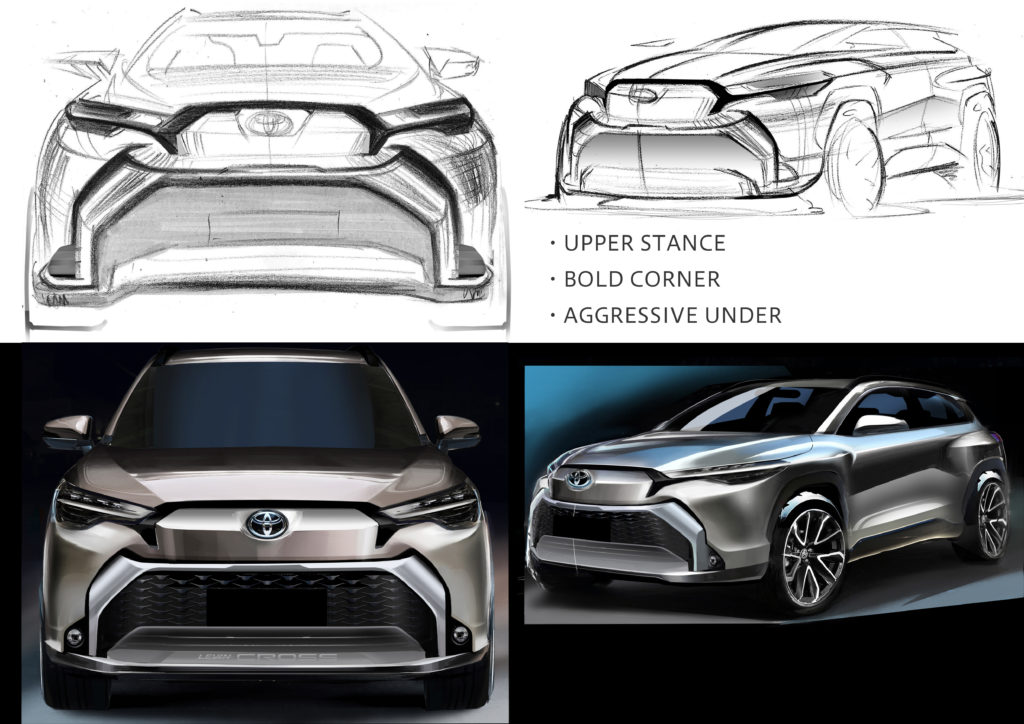
Conclusion
The use of keywords in the car design process offers a powerful means to inspire new design directions that resonate with the target audience. By carefully selecting evocative keywords and translating them into design elements, automakers can create vehicles that align with the desires and aspirations of potential buyers. Balancing keywords with brand identity, adopting an iterative design process, and conducting testing and validation ensure that the design choices remain relevant and appealing. Ultimately, the strategic implementation of keywords helps automakers create cars that captivate their target audience and achieve the best possible results.
In the fast-paced and competitive automotive industry, understanding the desires and expectations of consumers is paramount. Keywords act as a bridge between market insights and design innovation, guiding the creative process to ensure that the resulting car designs resonate deeply with the target audience. By selecting keywords that encapsulate the values, emotions, and aspirations of potential buyers, designers gain valuable inspiration and direction.
Integrating keywords into design elements allows for a holistic approach to car design. The exterior aesthetics, interior features, and user experience can all be influenced by the chosen keywords. For instance, if the target audience values luxury and sophistication, keywords like “premium materials,” “elegant craftsmanship,” and “seamless comfort” can shape the selection of high-quality materials, refined finishes, and luxurious amenities.
However, it is crucial to strike a balance between incorporating keywords and maintaining brand identity. The design must stay true to the brand’s essence and heritage. Keywords should enhance and reinforce the brand’s core values rather than diluting or contradicting them. A harmonious fusion of keywords and brand identity ensures that the car design not only appeals to the target audience but also aligns with the overall brand strategy.
Implementing keywords in car design is an iterative process. Designers continuously refine and adapt their concepts based on feedback and market dynamics. By staying attuned to changing trends, evolving consumer preferences, and emerging technologies, automakers can update and expand their selection of keywords accordingly. This iterative approach allows for ongoing improvement, ensuring that the design remains fresh, relevant, and desirable throughout the development process.
To validate the effectiveness of design choices influenced by keywords, automakers can engage in testing and validation activities. Focus groups, user studies, and prototype testing provide valuable feedback from the target audience. This feedback helps designers gauge how well the design resonates with potential buyers and identify areas for refinement. By involving the target demographic in the validation process, automakers can fine-tune the design to meet their expectations and aspirations, resulting in a car that truly speaks to its intended audience.
In conclusion, the strategic implementation of keywords in car design is a powerful tool for inspiring new design directions that appeal to the target audience. By carefully selecting evocative keywords, translating them into design elements, and balancing them with brand identity, automakers can create cars that capture the hearts and minds of potential buyers. Through an iterative design process and thorough testing and validation, the design choices influenced by keywords can be refined and optimized to achieve the best possible results. By leveraging the power of keywords, automakers can create compelling and successful car designs that fulfill the desires and aspirations of their target audience.

